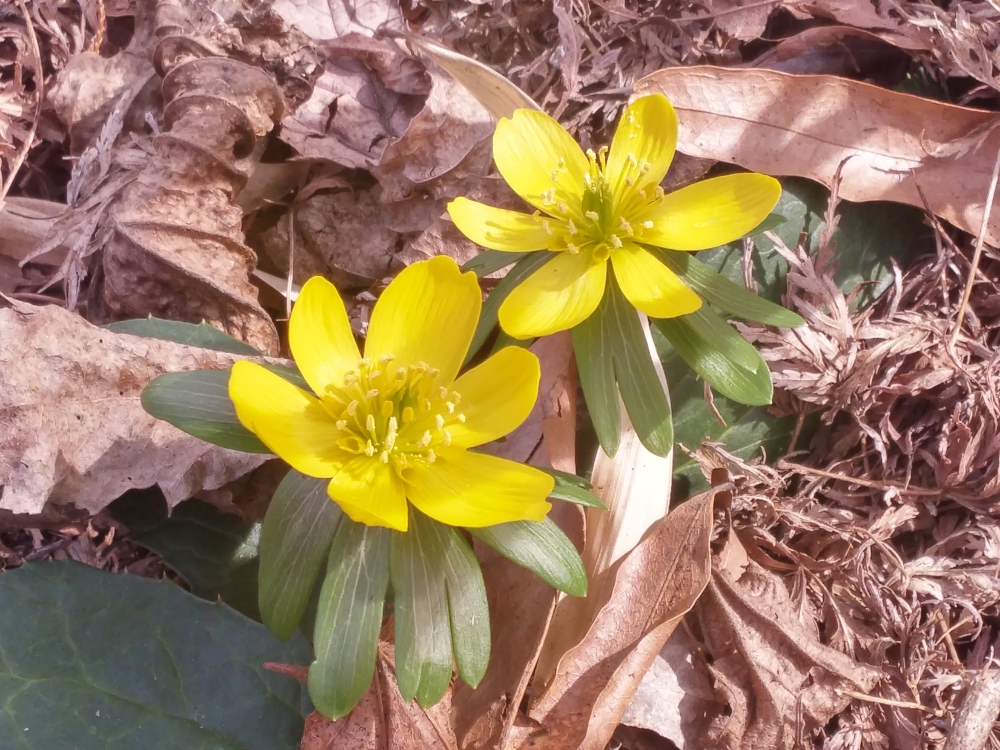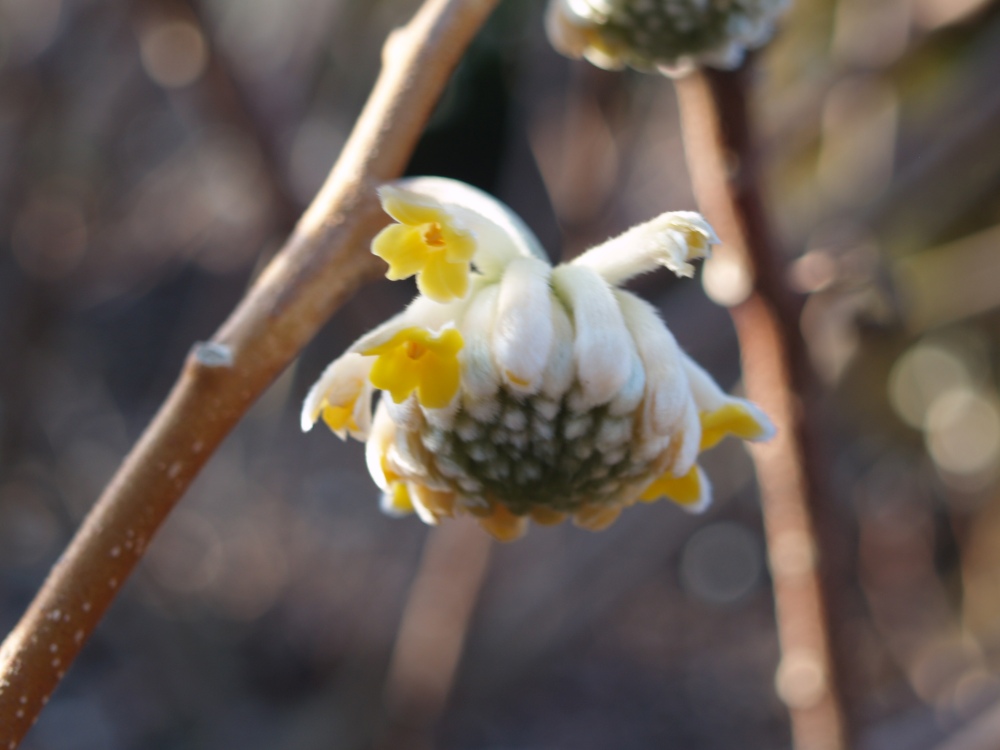As this mild winter winds into March (the Virginia gardeners’ spring), I do not question for a moment the small effort required to plant a winter garden. Without flowers of hellebores, Winter jasmine, and witch hazels, winter would seem interminable. I greatly sympathize with gardeners in more northern climes where winter drags on, where gardens are covered by snow for weeks and longer. Hellebores and snowdrops are buried, and while lush magazine gardens and seed catalogs might offer some relief, taller witch hazels or red stemmed shrubs can be of some consolation.

Should the gardener feel ashamed for his joy in mild winters? Even while fretting over the planet’s future, he revels in the relative warmth of this winter, and while snow and ice can be lovely, the gardener is immensely more pleased by a single snowdrop in late January than the quiet stillness of a deep blanket of snow. Despite a general warming, one area or another might suffer through a colder or snowier winter, but the gardener feels no guilt that extremes have been avoided.

In this garden, winter flowers have been around for enough years so that the gardener recognizes varying schedules that define the winters. In the coldest, or when snow covers the garden through much of February, the gardener is delighted when hellebores and snowdrops first peak through the melting snow. Perhaps this is relief that winter might finally be approaching its end.
While this winter will prove to be considerably warmer than average by the numbers, the progression of flowers has been only slightly advanced. But, this earlier schedule is most appreciated by the gardener, who is satisfied by blooms of mahonias that persist through the early cold of January while he anxiously awaits the fragrant flowers of Vernal witch hazels. Then, in quick succession, he notes the first snowdrop and a peek of color from one hellebore.


In the spell of warmth that follows, there are more flowers of snowdrops and hellebores, and then hybrid witch hazels with larger flowers so that the lower garden is filled with their scents. The few stray Winter aconites come into bloom, along with the few scattered flowers from cyclamen that had been forgotten about since they are partially obscured by an evergreen carex.

While the autumn flowering mahonias, ‘Winter Sun’ and ‘Charity’, are finally fading from bloom, the late winter flowering Leatherleaf mahonia will be at peak bloom after a few more warm afternoons. The tubular blooms of paperbushes show the first yellow along the edges, and while these have shown color in prior winters as early as late January, there are also colder winters when flowers do not show color until mid March. Most certainly, I prefer the earlier schedule.
